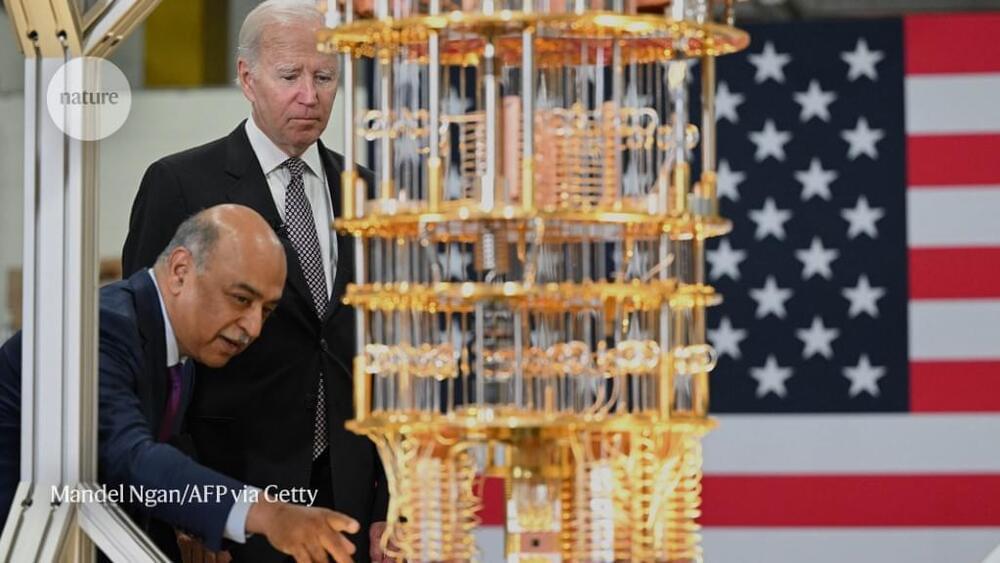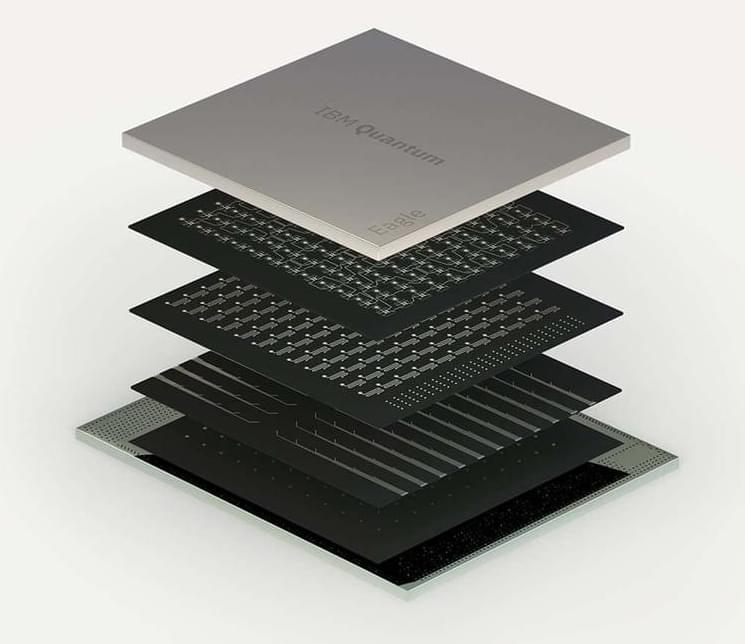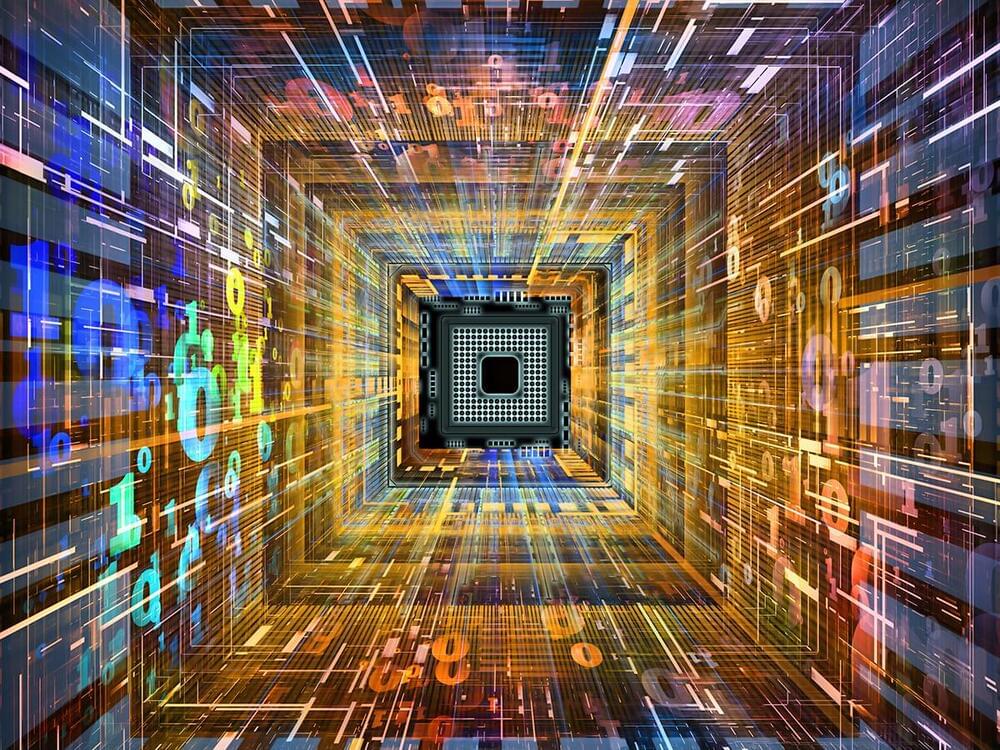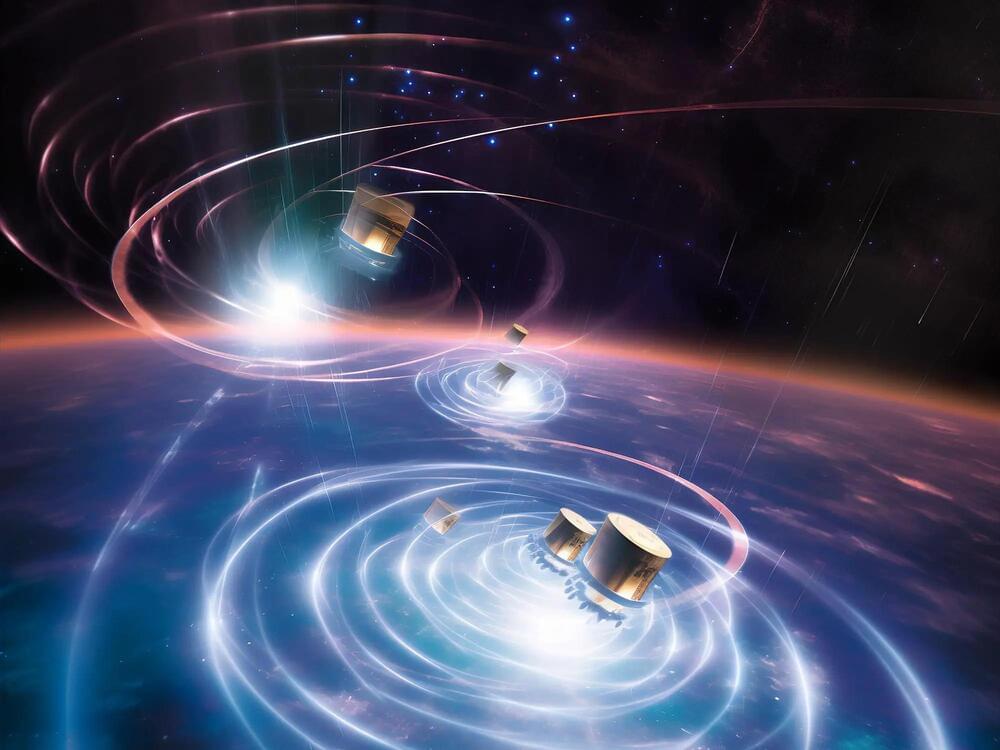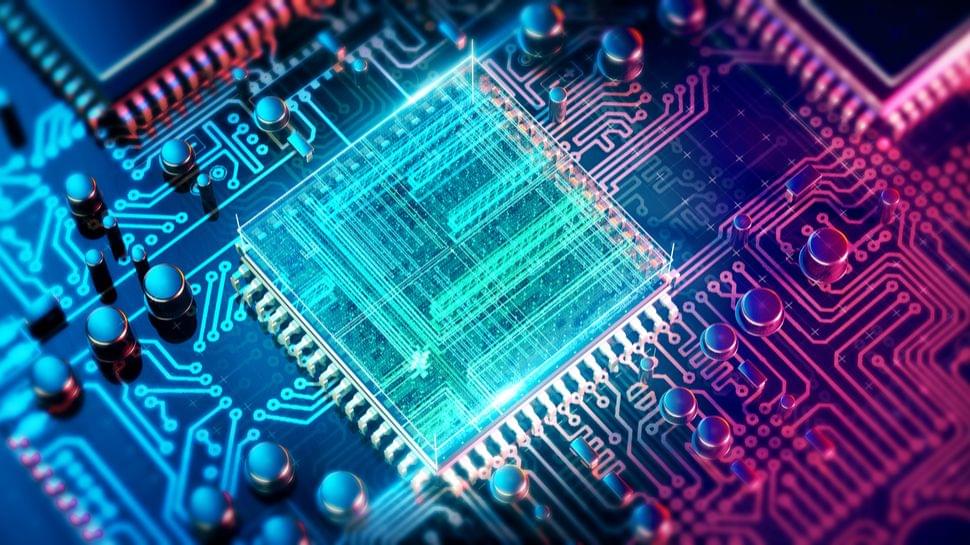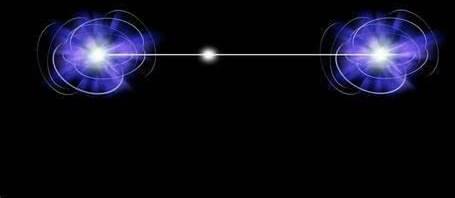
A team led by Prof. Guo Guangcan from the Chinese Academy of Sciences (CAS) provides a comprehensive overview of the progress achieved in the field of quantum teleportation. The team, which includes Prof. Hu Xiaomin, Prof. Guo Yu, Prof. Liu Biheng, and Prof. Li Chuanfeng from the University of Science and Technology of China (USTC), CAS, was invited to publish a review paper on quantum teleportation in Nature Review Physics.
As one of the most important protocols in the field of quantum information, quantum teleportation has attracted great attention since it was proposed in 1993. Through entanglement distribution and Bell-state measurement, quantum teleportation enables the nonlocal transmission of an unknown quantum state, which has deepened the understanding of quantum entanglement. More importantly, quantum teleportation can effectively overcome the distance limitation of direct transmission of quantum states in quantum communication, as well as realize long-range interactions between different quantum bits in quantum computing.
The team has been at the forefront of experimental studies on high-dimensional quantum teleportation and quantum networks. Their notable achievements include the successful preparation of the world’s highest fidelity 32-dimensional quantum entanglement, the effective transmission of high-dimensional entanglement over 11 kilometers of optical fiber, and the development of efficient techniques for quantum entanglement detection. They have also made significant progress in areas such as high-dimensional quantum dense coding, high-dimensional quantum guidance, and high-dimensional quantum teleportation.
